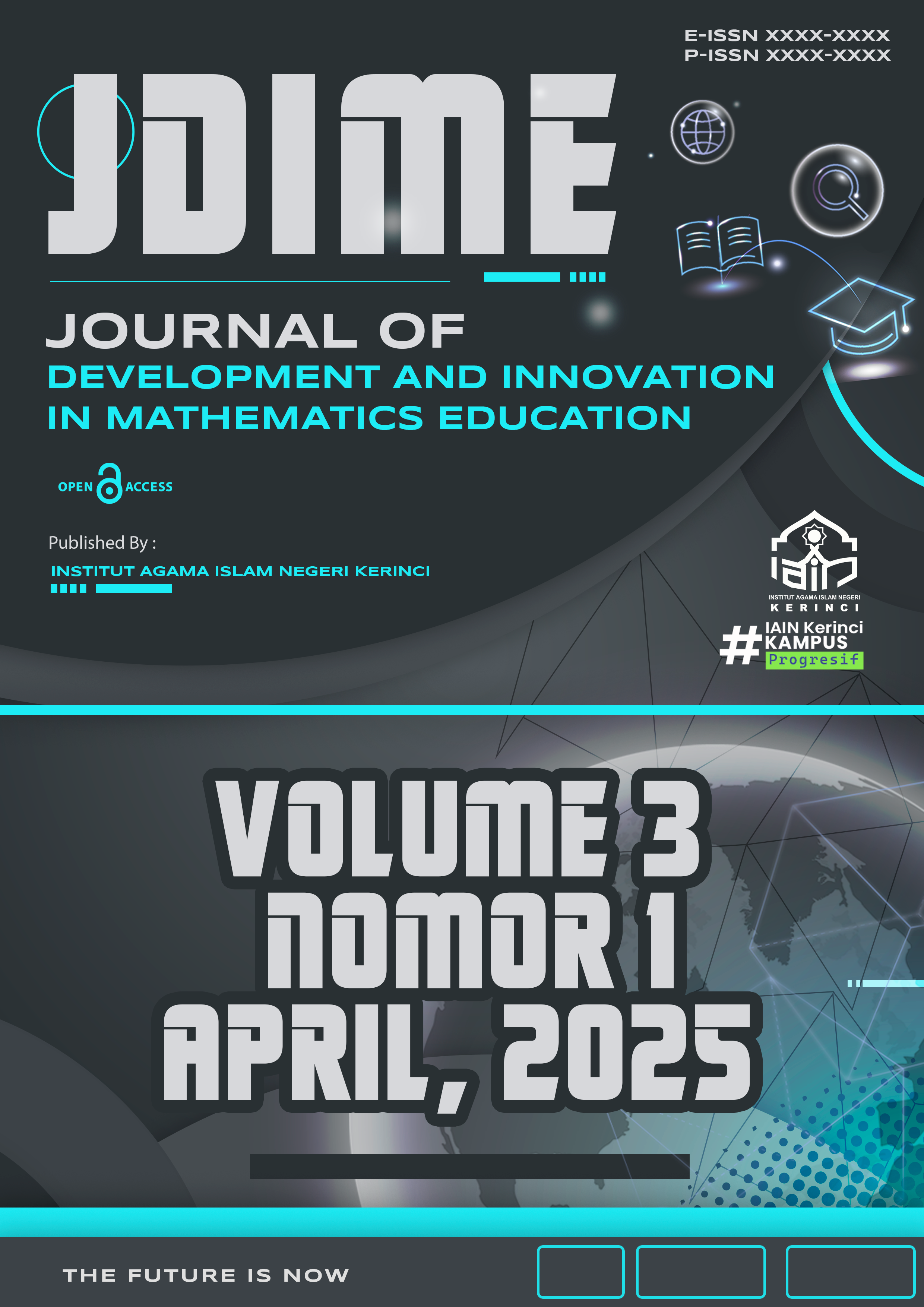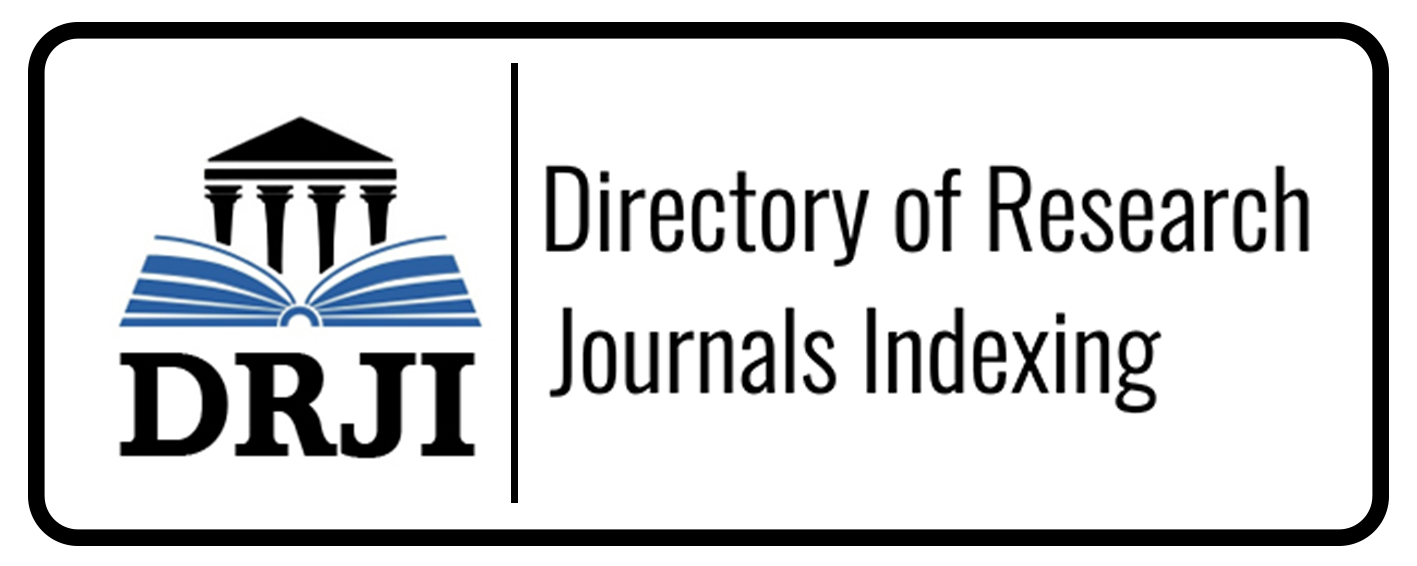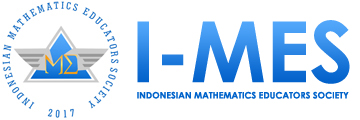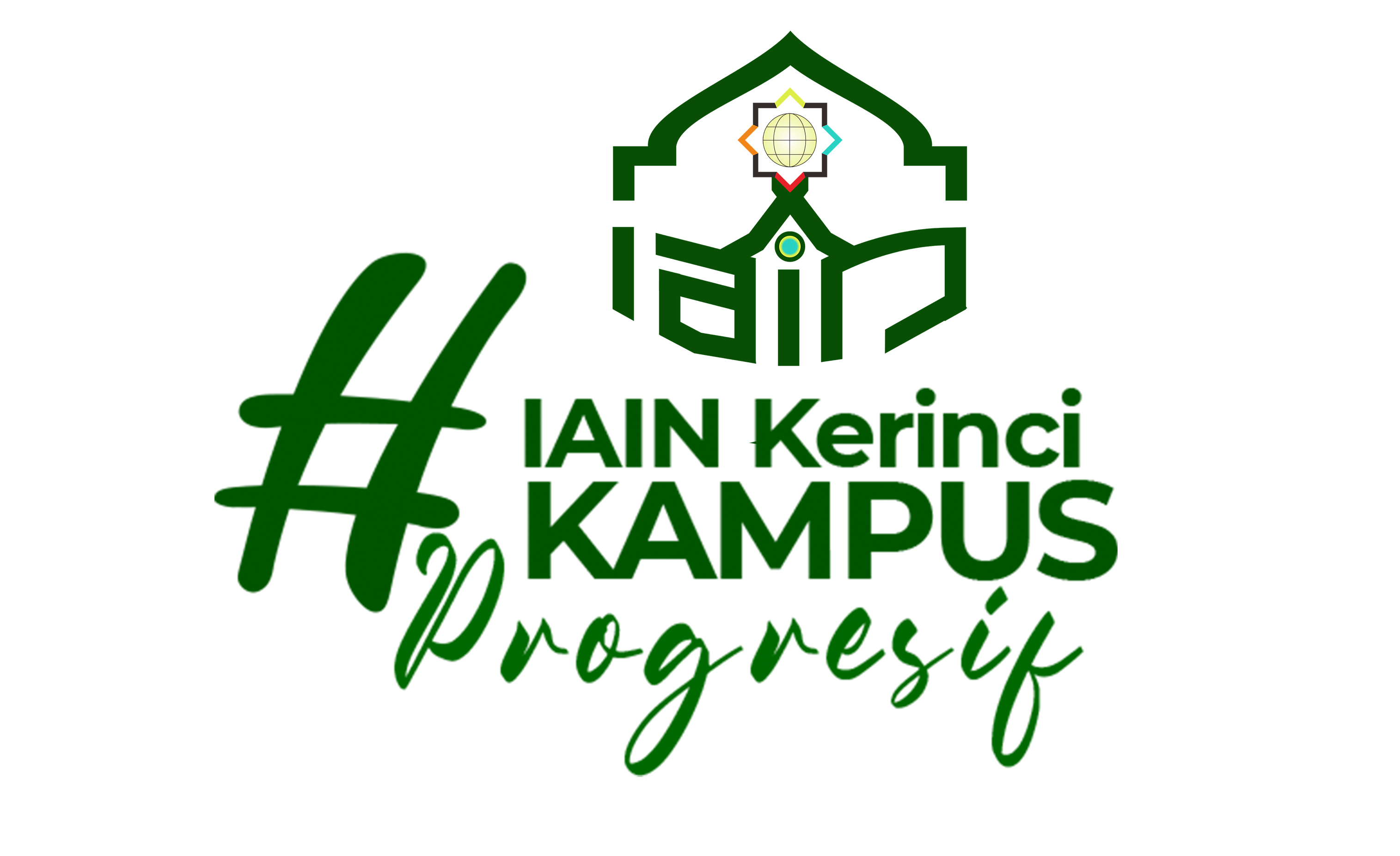Development of Augmented Reality-Based Learning Media with GeoGebra 3D to Enhance Interest and Concept Understanding in Ceva Theorem
Abstract
This study aims to develop an Augmented Reality (AR)-based learning media utilizing GeoGebra 3D to teach the Ceva's Theorem in a triangular prism, with the goal of enhancing students' conceptual understanding and interest in learning mathematics. The research employs a Research and Development (R&D) approach using the ADDIE development model, which includes five stages: Analysis, Design, Development, Implementation, and Evaluation. Data collection techniques involved media validation sheets, content validation sheets, practicality questionnaires, concept understanding tests, and student interest questionnaires. The validation results indicated that the developed media was highly valid, with an average score of 4.62 for technological design and 4.54 for content. The practicality of the media was also rated very practical by both teachers (4.7) and students (4.58). The effectiveness test revealed a significant improvement in concept understanding, with a gain value of 0.59 (moderate category), as well as an increase in student interest, reflected by an average score of 4.32 (high category). These findings indicate that the AR-based learning media using GeoGebra 3D is not only valid and practical but also effective in improving students' understanding and interest in complex spatial geometry topics. This study contributes to the development of interactive, contextual, and digital learning innovations that align with the demands of 21st-century education.
Downloads
References
Abdusselam, M. S., & Karal, H. (2020). The effect of augmented reality supported science activities on students’ academic achievement and attitudes towards science. Education and Information Technologies, 25(2), 947–962. https://doi.org/10.1007/s10639-019-10017-2
Afifi, F. C., Chrisnawati, H. E., & Kuswardi, Y. (2021). Pengembangan Media Pembelajaran Argo (Augmented Reality Of Geometric Objects) Pada Materi Bangun Ruang Sisi Datar. Tirtamath: Jurnal Penelitian dan Pengajaran Matematika, 1(1). https://jurnal.untirta.ac.id/index.php/Tirtamath/article/view/26682
Afifi, F. C., Chrisnawati, H. E., & Kuswardi, Y. (2021). Pengembangan media pembelajaran ARGO (Augmented Reality of Geometric Objects) pada materi bangun ruang sisi datar. Tirtamath: Jurnal Penelitian dan Pengajaran Matematika, 1(1), 30–38. https://jurnal.untirta.ac.id/index.php/Tirtamath/article/view/26682
Akker, J., Nieveen, N., & Plomp, T. (2006). Educational design research. Routledge.
Anderson, L. W., & Krathwohl, D. R. (2001). A taxonomy for learning, teaching, and assessing: A revision of Bloom's taxonomy of educational objectives. Longman.
Brzezinski, M. (2025). Impact of augmented reality in geometry education: A study of visual-spatial reasoning. Educational Technology Journal, 15(3), 45-58.
Brzezinski, T. (2025). GeoGebra 3D with AR (Google): Explorations & Lesson Ideas. GeoGebra. https://www.geogebra.org/m/qbxbcmqw
Buchori, A., Putra, F. G., & Rahmawati, N. D. (2024). AR-based interactive GeoGebra learning media for optimizing transformation geometry learning in higher education. Indonesian Journal of Science and Mathematics Education, 7(3). https://ejournal.radenintan.ac.id/index.php/IJSME/article/view/21345
Buchori, A., Putra, F. G., & Rahmawati, N. D. (2024). AR-based interactive GeoGebra learning media for optimizing transformation geometry learning in higher education. Indonesian Journal of Science and Mathematics Education, 7(3), 292–304. https://ejournal.radenintan.ac.id/index.php/IJSME/article/view/21345
Fadillah, M. S., Zainuddin, I., & Rahman, M. (2021). Augmented Reality-based learning for enhancing students' interest and learning outcome in mathematics. Jurnal Teknologi Pendidikan, 16(1), 65-79.
Fauzi, A. M., & Azizah, S. (2020). The effect of augmented reality-based learning media on students’ understanding of geometric concepts. Jurnal Pendidikan Matematika, 5(2), 112-123.
Gusteti, I. G., Suprapto, A., & Setiawan, S. (2023). Students' conceptual understanding in geometry through the use of visual interactive media. Journal of Mathematics Education Research, 12(4), 213-225.
Gusteti, M. U., et al. (2023). Penggunaan Augmented Reality dalam Pembelajaran Matematika: Sebuah Analisis Berdasarkan Studi Literatur. Jurnal Edukatif: Jurnal Ilmu Pendidikan, 5(6). https://edukatif.org/index.php/edukatif/article/view/5963
Gusteti, M. U., Wijayanti, R. D., Sari, N. A., & Surya, E. (2023). Penggunaan augmented reality dalam pembelajaran matematika: Sebuah analisis berdasarkan studi literatur. Jurnal Edukatif: Jurnal Ilmu Pendidikan, 5(6), 11937–11947. https://edukatif.org/index.php/edukatif/article/view/5963
Hake, R. R. (1999). Analyzing change/gain scores. In Proceedings of the National Association for Research in Science Teaching Annual Conference (pp. 1-15).
Handayani, N. R., & Suryani, I. (2023). The role of interactive technology in fostering intrinsic motivation for learning mathematics. Jurnal Teknologi Pembelajaran, 14(3), 156-168.
Irwansyah, A., & Suhandi, D. (2023). The influence of interactive media on students' motivation in learning mathematics. Journal of Educational Psychology, 34(2), 97-110.
Ismayani, R. (2022). Pemanfaatan Augmented Reality Sebagai Media Pembelajaran Matematika. Prosiding Seminar Nasional Pendidikan Matematika, 13(1). https://proceeding.unnes.ac.id/prisma/article/download/2974/2437/7295
Kusmaryono, Y., Ahmad, F., & Dewi, N. (2021). Using augmented reality in learning geometry for spatial visualization skills: A case study. Jurnal Pendidikan Matematika Indonesia, 13(2), 125-138.
Mayer, R. E. (2020). Multimedia learning (3rd ed.). Cambridge University Press. https://doi.org/10.1017/9781316941355
Moreno, R., & Mayer, R. E. (2017). Interactive multimodal learning environments. In R. Mayer (Ed.), The Cambridge Handbook of Multimedia Learning (2nd ed., pp. 485–503). Cambridge University Press. https://doi.org/10.1017/9781316941355.024
Moreno, R., & Mayer, R. E. (2017). Interactive multimodal learning environments. In R. Mayer (Ed.), The Cambridge Handbook of Multimedia Learning (2nd ed., pp. 485–503). Cambridge University Press.
Moreno, R., & Mayer, R. E. (2017). Learning in multimedia environments: The role of visual and verbal materials. Cambridge University Press.
Nieveen, N. (2013). Designing for educational change: Perspectives and challenges. Springer.
Pratiwi, D. P., Budi, A. M., & Widodo, B. (2022). The use of augmented reality to enhance mathematics learning: A review of literature. Jurnal Pendidikan Matematika, 6(1), 53-66.
Rahayu, M. N., Setiawan, B., & Syamsuddin, A. (2023). Augmented reality as a medium to improve students' interest and understanding in mathematics. Jurnal Inovasi Pendidikan, 10(3), 88-99.
Rahmawati, M. A., Sugianto, R., & Pratama, P. (2020). Interactive learning media: Improving mathematics learning outcomes in secondary schools. Jurnal Pendidikan dan Teknologi, 8(4), 145-158.
Riduwan, R., & Akdon, M. (2020). Exploring the effectiveness of augmented reality in learning mathematics: A study on student engagement and comprehension. International Journal of Education Technology, 19(2), 202-215.
Santosa, D. S., Anwar, M., & Yuniarto, A. (2021). Students' misconceptions in spatial geometry: How interactive media can bridge the gap. Jurnal Pendidikan Sains, 24(3), 198-210.
Santosa, E. B., Darmawan, I. G. N., & Musthafa, B. (2021). Augmented reality for student learning media: A bibliometric analysis and visualization. Indonesian Journal of Instructional Media and Model, 3(2), 125–138. https://doi.org/10.32585/ijimm.v3i2.2007
Santosa, E. B., et al. (2021). Augmented Reality for Student Learning Media: A Bibliometric Analysis and Visualization. Indonesian Journal of Instructional Media and Model, 3(2). https://doi.org/10.32585/ijimm.v3i2.2007
Sianturi, A. (2025). Systematic Literature Review: Augmented Reality in Math Learning. Jurnal THEOREMS (The Original Research of Mathematics), 9(2). https://ejournal.unma.ac.id/index.php/th/article/view/12341
Suryaningtyas, A., Rahmawati, S., & Setiawan, P. (2022). Augmented reality in mathematics education: Enhancing spatial reasoning skills in secondary schools. Jurnal Penelitian Pendidikan Matematika, 19(1), 112-124.
Trappmair, N., Paechter, M., Sabitzer, B., & Leeb, I. (2023). Driving augmented reality: GeoGebra's new AR features in teaching mathematics. University of Duisburg-Essen. https://duepublico2.uni-due.de/servlets/MCRFileNodeServlet/duepublico_derivate_00070745/Trappmair_et_al_Driving_augmented_reality.pdf
Wibowo, R., Nurcholis, M., & Wahyudin, A. (2022). Validity and practicality of augmented reality-based learning media: A case study in geometry education. Journal of Mathematics Education Technology, 25(2), 76-85.
Wulandari, L., & Suryani, R. (2021). Interactive learning using augmented reality in mathematics: Effects on student learning outcomes. Journal of Educational Innovation, 9(4), 131-144.
Copyright (c) 2025 Siti Sarah, Rosi Ade Putri Simanjuntak, Putra Paulus Sinurat, Jhosua Berutu, Fevi Rahmawati Suwanto

This work is licensed under a Creative Commons Attribution 4.0 International License.



























 JDIME: Journal of Development and Innovation in Mathematics Education (e-ISSN
JDIME: Journal of Development and Innovation in Mathematics Education (e-ISSN 
